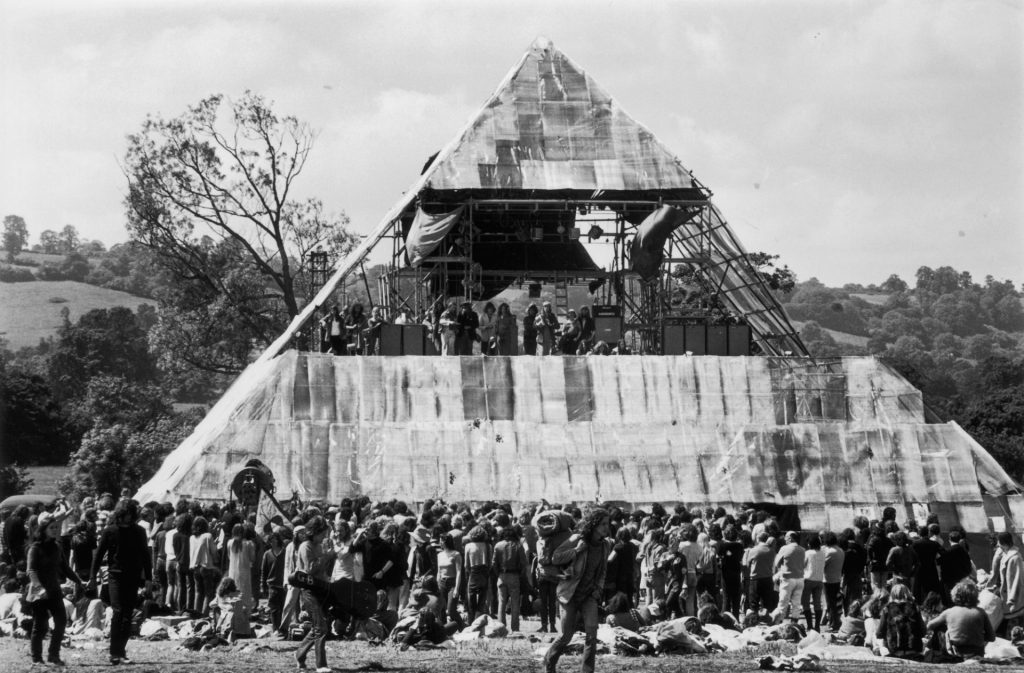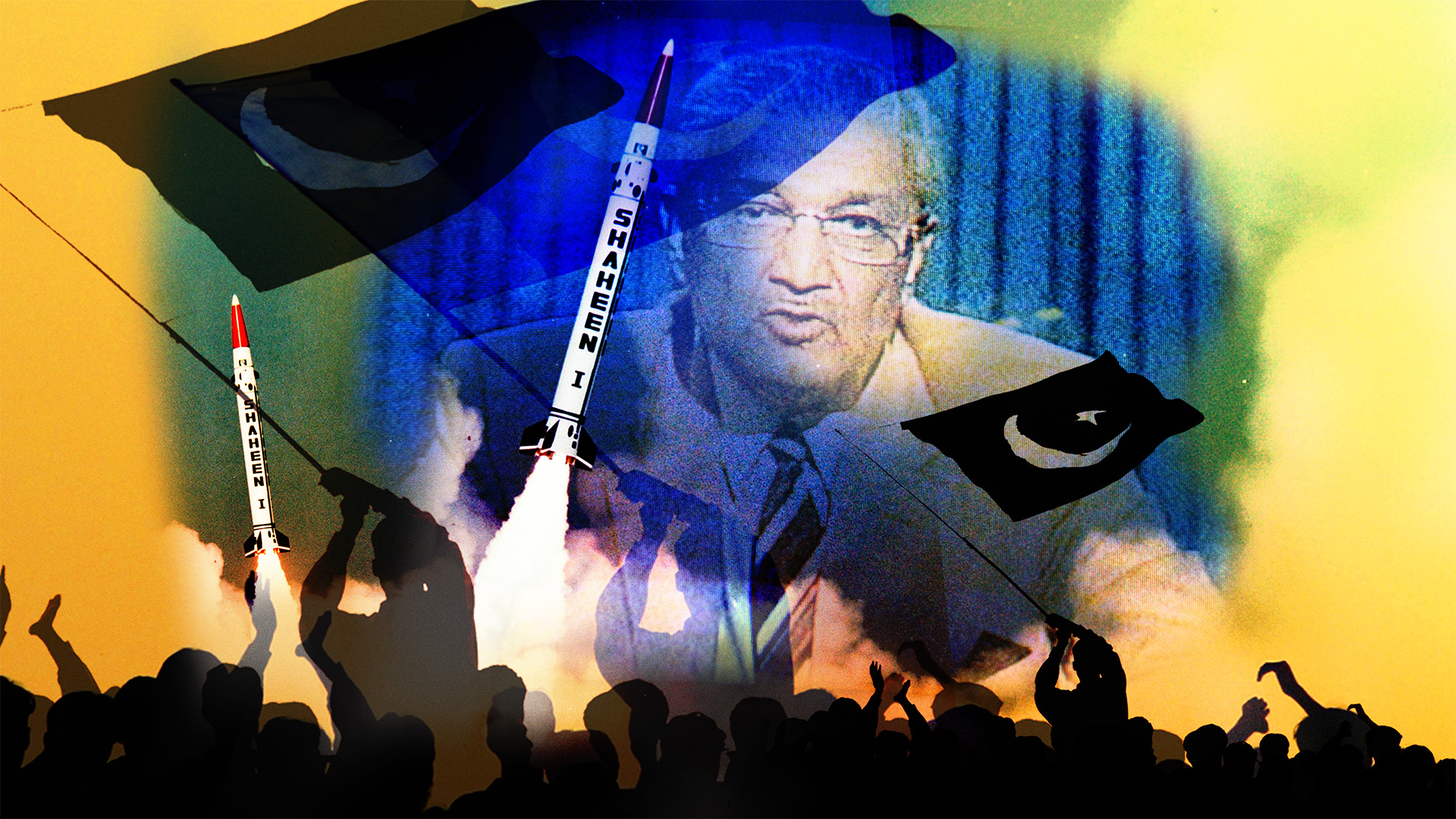1) The Glastonbury Festival – or Glastonbury Festival for the Contemporary Performing Arts, as it’s been officially known since 1990 –
is the world’s largest greenfield music and performing arts festival. It takes place almost, but not quite, every year, in the grounds of Worthy Farm in Pilton, Somerset.
2) The festival’s founder, Michael Eavis, inherited the 150-acre farm and its 60 cows aged just 19 when his father died. Fifteen years later, he and his second wife, Jean, were inspired by events like Woodstock, the Isle of Wight Festival and, more locally, the Bath Festival of Blues and Progressive Music in Shepton Mallet, to host their own.
3) The Pilton Pop, Folk and Blues Festival opened in September 1970, one day after Jimi Hendrix died. Its headliners, the Kinks, didn’t show up. The 1,500 attendees – who had paid £1 each for entry, camping and free milk – heard Marc Bolan’s Tyrannosaurus Rex instead.
4) Michael’s full name, incidentally, is Sir Athelstan Joseph Michael Eavis, CBE. The fact that the festival’s founder is named after a 10th-century ruler who has a claim to be the first king of all England feels pretty apt, because legend has it that Glastonbury Abbey is the burial place of King Arthur and his wife, Guinevere.
5) It isn’t. They didn’t exist.
6) One reason for the myth is that the area around Glastonbury Tor, the hill that looms over the area, has at times flooded. The resulting island, known by the Celtic name Ynys-witrin (Isle of Glass), has often been conflated with the mythical Avalon.
7) As if that weren’t enough, Jesus’s uncle, Joseph of Arimathea – who is said to have both brought his nephew to the area as a child, and to have later returned with the Holy Grail, providing William Blake with the lyrics for Jerusalem in the process – is rumoured to have founded Britain’s first church here, on the site of Glastonbury Abbey.
8) I’m not entirely convinced any of this is true either, if I’m honest. But this didn’t stop the organisers of The Glastonbury Fayre, held at the summer solstice of 1971, from positioning their main stage, built in the shape of the Great Pyramid of Giza, along a ley line connecting the Abbey to Stonehenge for reasons vaguely connected to “earth energies”.

9) The first acts to perform on the Pyramid Stage that year included Quintessence and David Bowie. The latter’s performance was alas somehow missed entirely by Nick Roeg and David Puttnam’s resulting film Glastonbury Fayre.
10) After that, the festival was not held again until 1979 (£5 a ticket, 12,000 attendees, headliner Peter Gabriel), and then 1981 (£18, 18,000, New Order; this one raised money for the Campaign for Nuclear Disarmament, and was also the first to be officially licensed by Mendip District Council in an attempt to regulate crowd size and hygiene). Since then it has run most years, although it “lies fallow” every five or so to allow both land and organisers to recover.
11) The 1994 festival featuring Oasis, Blur and other stars of Britpop was the first to be televised, on Channel 4 (the BBC took over four years later). It also required the main stage to be rebuilt in just days after the Pyramid Stage burned down.
12) In 1999, a winged wicker sculpture was burned in honour of co-founder Jean Eavis, who had died of cancer earlier that year.
13) By the early 2000s, even a five-mile-long perimeter fence costing millions was proving inadequate to stop interlopers: official attendances of 100,000 may have underestimated the true number by half. In 2003, for the first time, it took less than 24 hours for all tickets to sell out.
14) Other areas of the festival include the Other Stage; Acoustic Stage; Jazz World Stage; Cabaret Acoustic Stage; Dance Tent; Left Field (left politics, featuring Tony Benn Tower); Green Fields (same, but more environmentally minded); Glastonbury-on-Sea (a bit done up like a British resort town, complete with pier though not, alas, with sea); Carhenge (you can probably guess); and too many more to count.
15) In all, this year’s festival is expecting around 210,000 attendees – a population on a par with Norwich, and bigger than Aberdeen. For five days most years, Glastonbury is the 39th biggest city in Britain – and then, like Brigadoon, it vanishes.
16) Despite that size, this year, tickets took all of 35 minutes to sell out.




